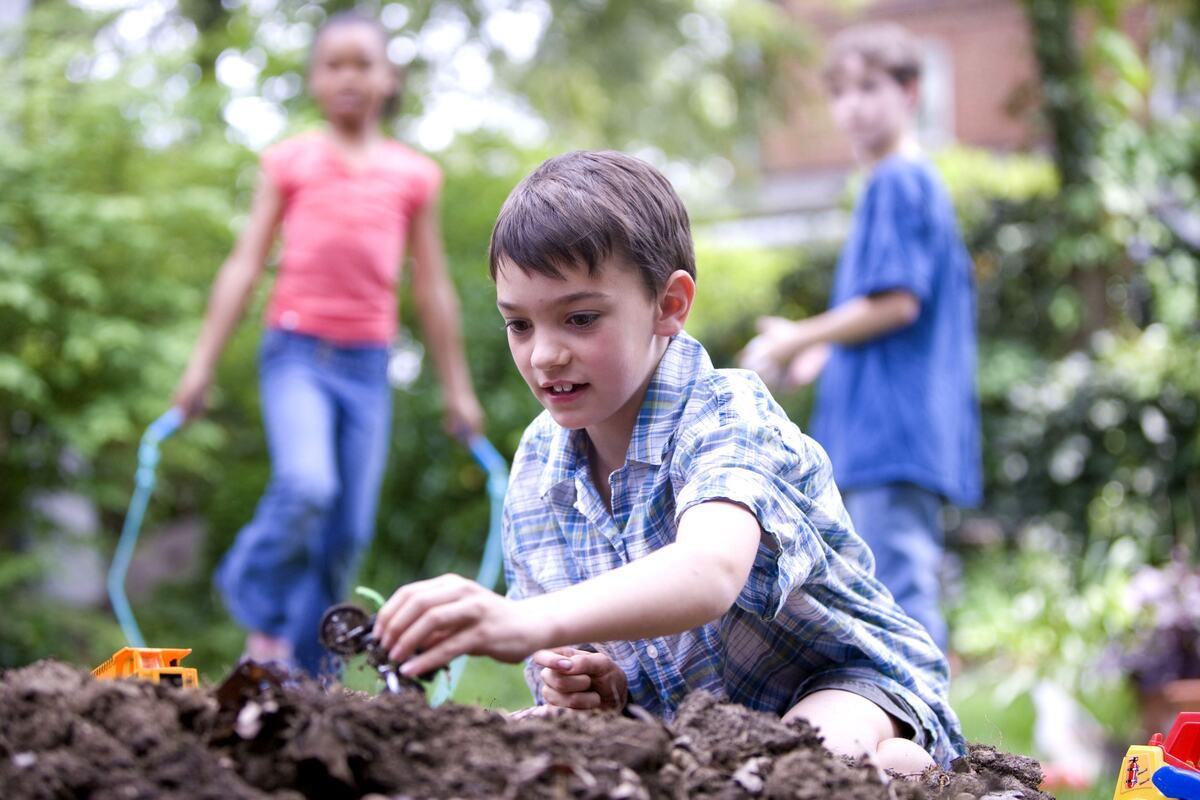
Parents and guardians generally want to encourage kids to spend time outside, not cooped up inside, glued to the TV. This article includes 11 ways to make your yard a safer place for kids so that they can have a fun experience outdoors. Fresh air is good for the mind and body, and as a bonus, running around in the yard can tire the kids out for bedtime.
These ideas won’t guarantee that kids will escape the occasional scrape or bump, but they’ll help create a safer outdoor space. And remember, the safest yard is one that has trusted adult supervision at all times.
1. Establish Safety Rules
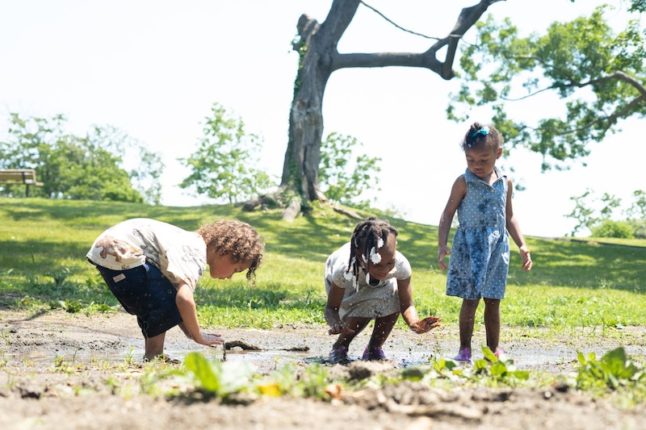
Outside is where kids are free to run, jump (not on the couch), or spin (without crashing into the TV). While there is more freedom when kids play outside, there should be some established safety rules your kids are aware of.
Safety rules can make the outdoors more enjoyable for both you and your kids. You won’t have to nag them to stop doing something, and they’ll have fewer boo-boos.
Some examples of possible safety rules are:
- No playing in the shed or garage
- Keep gate(s) closed
- Take turns on play equipment such as slides or swings
- No throwing rocks
- No running with sticks
Even with good intentions, established safety rules with kids can go in one ear and out the other. It’s still an essential first step to having a safer place for kids, but there’s a solution to help more. Have additional safety measures to ensure that even if kids forget a rule, there’s another line of defense that could help them stay safer. Let’s further discuss some other ways to make your yard a safer place for kids.
2. Fence

A fence is a versatile safety option for your yard. You might want your kids only to play in the backyard, and a fence can be a straightforward way to establish that boundary. It can also be a barrier to an off-limit area without adult supervision, like a pool or hot tub. As a bonus, it adds a layer of privacy to your yard.
Fence Around Your Yard
Hasn’t everyone dreamed of a white picket fence in their front yard at one point or another? A white picket fence might provide the aesthetic you’re looking for, but it’s not very practical for helping add a layer of safety to your yard. They’re usually pretty short and easy to climb.
You’ll want to install a tall, sturdy fence that kids can’t climb. Wood, iron, and vinyl are all great fencing materials for backyard safety, but each one does come with some shortcomings.
- Wood: Possibility of splinters
- Iron: Doesn’t offer much privacy
- Tall vinyl panels: Can accumulate mold, mildew, or algae – curious kids could find it if you don’t wash it off before they see it.
Bonus points: A fence around your yard also gives your dogs a safe place to run around. It’s always nice when kids and dogs can enjoy outdoor play in the comfort of your yard.
Fence Around Your Swimming Pool
When you enclose your swimming pool or hot tub with a fence, you make your yard a safer place. One of the most effective ways to prevent children from drowning is to install a fence around the water source. Behind car crashes, drowning is the second-leading cause of death for children ages 1 through 14. Sadly, drowning can happen quickly and quietly.
A fence around your pool should be at least 4 feet tall with four sides. It should also be climb-proof, meaning there are no footholds or handholds for children to climb (ensure there are no chairs, tables, or play equipment a child could drag over to the fence). A self-closing and self-latching fence gate for pools is the best option.
3. Locking Gate
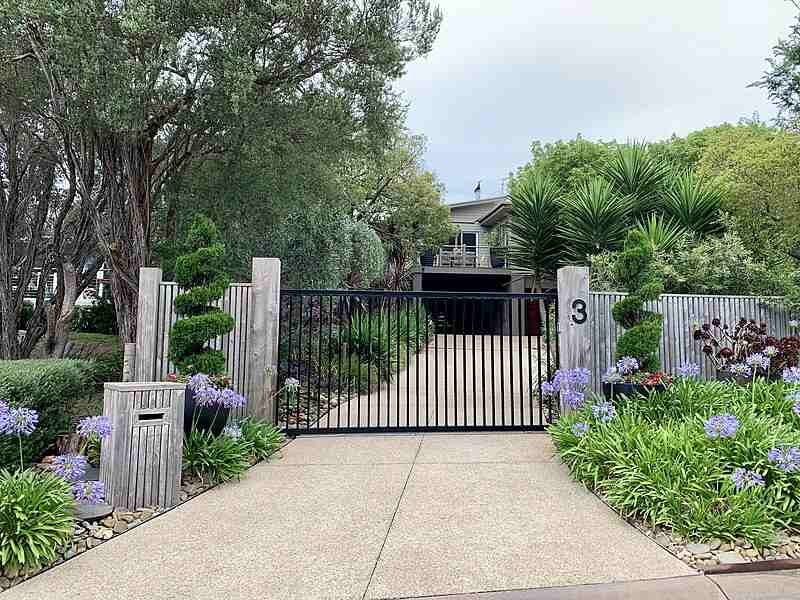
A locking gate can make your yard safer by not allowing kids to get between the front or back yard without you realizing it, and it could also keep unwanted people from entering your yard.
Only unlock your gate when necessary, like if you need to mow the yard or if you have the pest control company coming and they need access to your front and back yard. But always remember to lock it again as soon as possible.
Tip: Keep the key for the gate out of reach of the kids.
4. Think Twice About a Trampoline
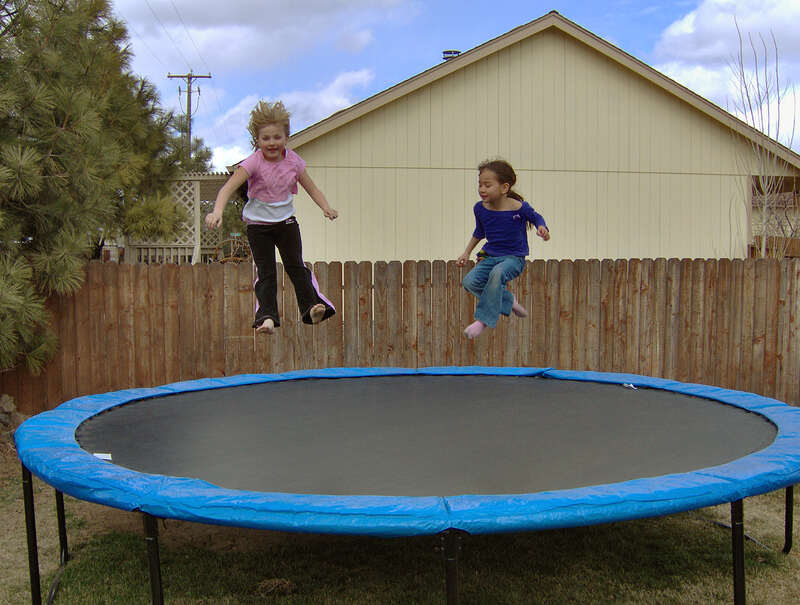
Trampolines have a real mixed reaction when spoken about. On the one hand, some parents and guardians see them as a great way for kids to utilize their energy. But on the other hand, trampolines can pose a serious risk to children. Bone fractures, concussions, neck injuries, and spine injuries are all real risks to children using a trampoline.
Note: Jump ropes or pogo sticks are a safer alternative to trampolines. Eliminating the trampoline and using jump ropes or pogo sticks instead could make your yard a safer place.
If you already have a trampoline and choose to continue to use it, there are some things you can do to try to reduce the risk of injury:
- Place the trampoline on flat ground away from trees or other hazards like walls or fences
- Have an enclosing net around the trampoline
- Ensure the springs are covered
- Establish a safety rule that only one person is allowed on the trampoline at a time
- Have trusted adult supervision at all times when someone is using the trampoline
Tip: Double-check your homeowner’s insurance policy if you have a trampoline. You’ll likely be asked during the sign-up or renewal process if you have one. Or, if you acquired a trampoline after your coverage already began, you may want to let your insurance company know to see if you need additional coverage for your trampoline.
5. Designated Play Area
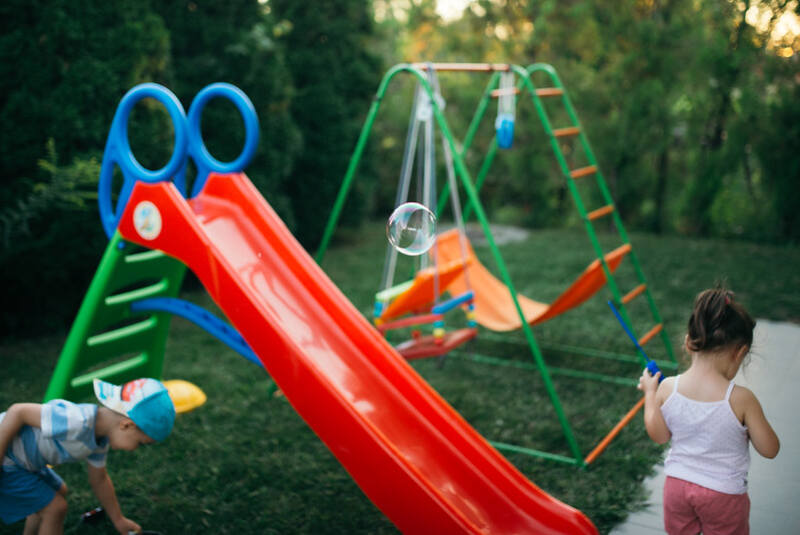
Providing kids with a designated play area in your yard is an excellent step towards making your yard a safer place. All their toys and play equipment, such as swing sets and sandboxes, can be in one area. A designated play space will leave other sections of your yard for things like a garden or BBQ area.
Tip: Regularly check play equipment for safety.
- Ensure there are no loose screws on a swing set.
- Inspect wood boards to see if there is any rotting wood or loose boards.
- Check to make sure there are no wasp, bee, or hornet nests in tree houses or fort areas on a playset or in a playhouse.
- Cover sandboxes to ensure the area is clear of animal droppings.
6. Check for Holes or Trip Hazards
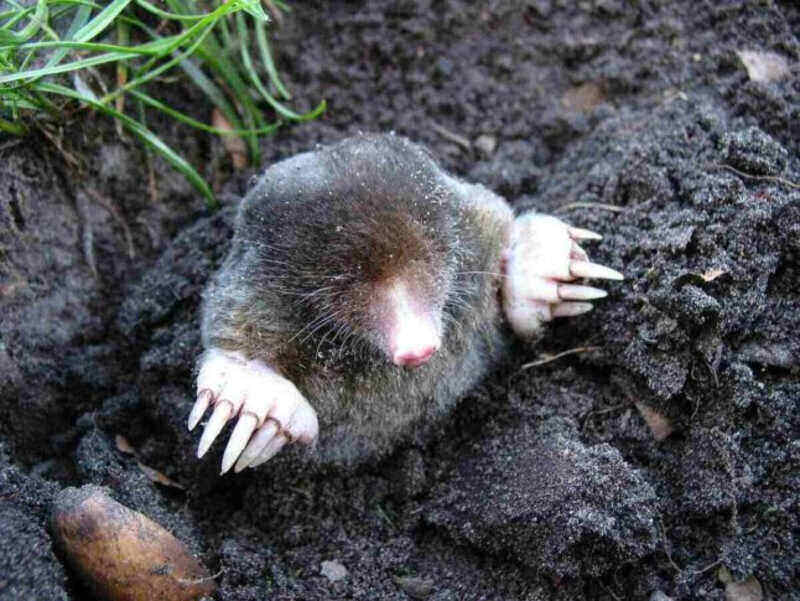
Dogs and kids could both be the culprit for holes in your yard. Or it could have been an animal like a mole, vole, groundhog, or gopher. Regardless, a twisted ankle could dampen your and the kids’ day.
Before the kids go outside to play, do a quick walk around to see if there are any holes in your yard that need your attention. Filling and finding the cause of those holes could make your yard safer for kids. Not sure of what’s causing holes in your yard? Call in a pest control pro.
Other possible trip hazards in the yard include:
- Drought cracks in the yard
- Ladders, tools, hoses, or extension cords left out
7. Reduce Possibility of Insect Bites or Stings
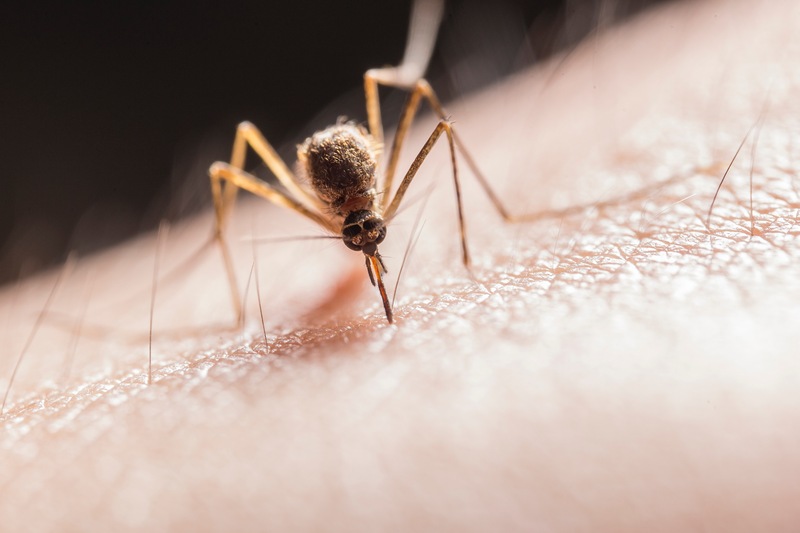
No one likes insect bites or stings. They hurt and itch and are just no fun. You can take steps to reduce the possibility of bites or stings to make your yard more enjoyable and a safer place for kids.
- Survey your yard for fire ant mounds
- Mow tall grass to help reduce chinch bugs and ticks
- If possible, wear long sleeves and pants outdoors
- Eliminate stagnant water. Stagnant water can attract mosquitoes
- Wear insect repellent
- Citronella candles can also help repel mosquitoes
8. Store Items in the Garden Shed
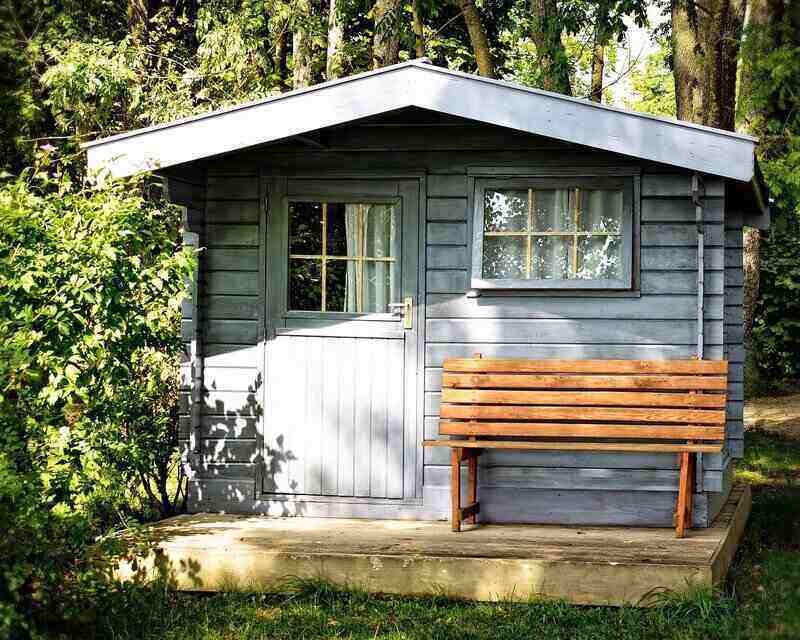
A garden shed is a great way to make your yard a safer place for kids. You could store your lawn and garden tools, fertilizers, and pesticides in a garden shed. It creates a safer environment because the temptation of these potentially harmful tools and chemicals is non-existent behind a locked door.
Note: If your child accidentally ingested lawn care chemicals, immediately call the Poison Control Center’s 24-hour hotline at 1-800-222-1222.
If you’re looking for a different approach to your lawn care that doesn’t include harsh chemicals to further add to the safety of your yard, check out these articles.
9. Avoid Dangerous Plants
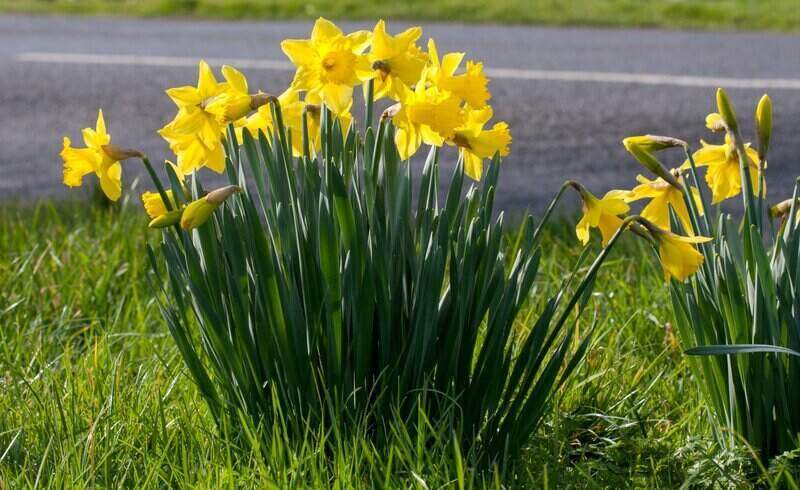
Let’s face it, kids are curious. At some point, they will probably yank the flowers or leaves off a plant in your garden or around your yard. Knowing which plants to avoid planting in your yard is imperative before those little fingers get a hold of them. Poisonous plants to avoid include, but are not limited to, the following:
- Lily of the valley
- Foxglove
- Oleander
- Lantana
- Hydrangea
- Daffodil
- Poison ivy
- Wild mushrooms (Although these can pop up randomly on your lawn, some are poisonous, and it’s best to pull them out right away)
Note: If your child accidentally ingested a poisonous plant, immediately call the Poison Control Center’s 24-hour hotline at 1-800-222-1222.
The following plants aren’t poisonous but could pose a danger to kids because of needles or thorns:
- Cacti
- Prickly pear
- Rose bushes
- Thistle
10. Choose a BBQ Location
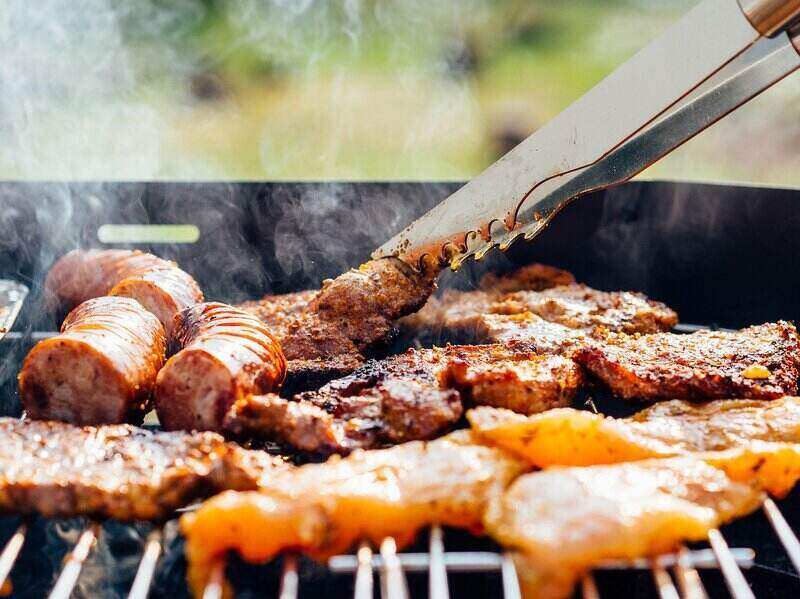
If your yard allows it, have a designated BBQ location for your BBQ grill and firepit. When these items are in one area, it’s easier to establish that kids need to stay away from them. Keeping kids away from the grill could make your yard a safer place.
Even if you have younger children, you could have a simple talk about how a BBQ is hot and dangerous. It might cook yummy food, but it’s no place for a kid to hang around.
Tip: When your BBQ is not in use, a cover for it is a great idea. Not only does it act as a deterrent for your kids, but it can also help protect it from the sun, rain, and snow.
Keep tools like pokers or lighter fluid for your firepit locked away in your garden shed instead of out in the open.
11. Maintain the Landscape
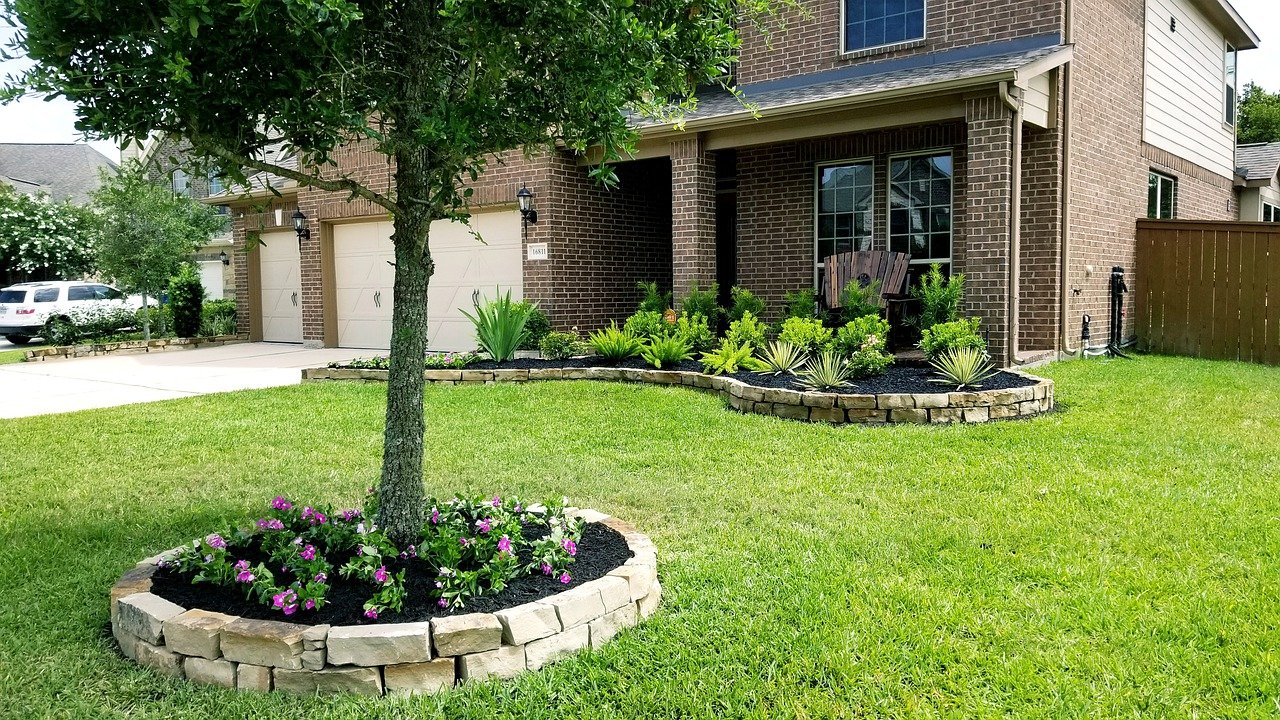
Snakes can’t hide as easily in well-maintained lawns. Yards with high weeds, wood piles, brush piles, and plant debris can hide or encourage snakes because they can more easily slither through. Although some snakes are harmless, there are still venomous snakes out there you wouldn’t want your kids to find in your yard.
Tall grass is also a recipe for fire ants, ticks, and chinch bugs. If you need some help with the upkeep of mowing, edging, or trimming your lawn to help make it a safer place for your kids, Lawnstarter can connect you with local landscape professionals.
Main Image Credit: Cade Martin, Dawn Arlotta, USCDCP / Pixnio